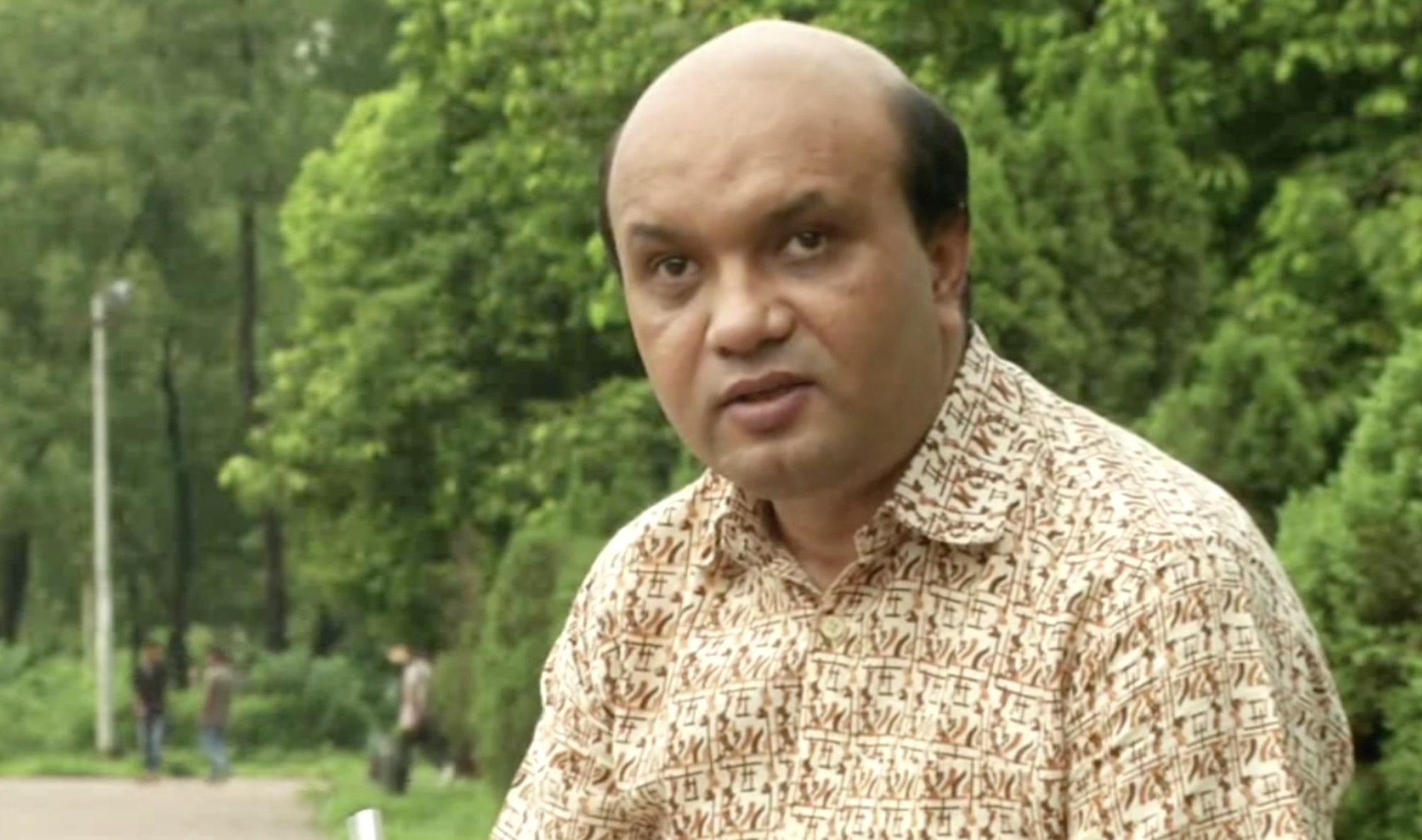In honor of today’s International Day of Persons with Disabilities, we are sharing Part One of Vashkar Bhattacharjee’s story. He is the National Consultant, Accessibility, A2i, Prime Minister’s Office of Bangladesh, the Second Vice-President, GAATES (Global Alliance on Accessible Technologies & Environments), and the Program Manager, Young Power in Social Action (YPSA).
I am Vashkar Bhattacharjee, a visually impaired person from Bangladesh. And this is the story of how I have excelled in life and career, not through sympathy and charity, but through inspiration and assistance.
In Bangladesh, every 1 in 10 persons experience at least one kind of disability. I am one of approximately 4 million Bangladeshis who are visually impaired.
In 1979, like most of the villages in Bangladesh, my village in the district of Chittagong did not have doctors or hospital facilities. On July 1st in the same year, in a small remote village called Bagdondi, I was born in my parental home without any medical supervision. Right after my birth, I was bleeding through my nose and mouth. My parents and relatives could not figure out what was wrong. After a while, the bleeding stopped and everything seemed to be normal. By the time I was two years old, my parents realized the heartbreaking truth that I had gone blind. Both my father and mother are well educated so after my birth they welcomed me and prepared how to overcome all odds for my survival and life resumed as so-called normal.
In Bangladesh, even until the end of the previous millennium, majority opinion was that blind citizens are nothing but a burden to society and that they are incapable of performing any income-generating activity. While education was supposed to be a basic right for every citizen, it used to be considered a luxury for children with visual disabilities in Bangladesh, even more so in rural Bangladesh. My parents deliberated long and hard about whether they wanted me to have an education, along with all the other children of my village. Others questioned why I should be going to school, since they believed that the only way I could survive was by charity.
After some searching, my father came to hear about a primary school for the blind, where I was soon admitted. Back then, text books in Braille were rarely available, and few schools had writing frames or Braille paper. As a result, I was considered a freak of nature when I managed to complete the Higher Secondary Certificate (HSC) exam and got into university, while most of my primary school buddies had dropped out of school after completing secondary school.
At university, the journey got much more difficult, since I had to compete with students who could see and who did not require the teacher to read out the lessons. I am truly grateful to some classmates who helped me take down notes and prepare for exams. But the exams were another hurdle, since I had to convince my teachers to provide me with an assistant during exams who would listen to my answers and write them down on paper.
It was these experiences that made me think more deeply about the need for accessible education and shaped my life. With great support from my teachers and fellow students, I graduated with honours in history from Chittagong University and obtained a Master’s degree in General History.
But then came the time to start looking for a job and to earn my own living. I realized how bad the situation was for blind persons, whom no one will hire for fear of their presumed lack of productivity. As a result, I was unemployed for a number of months and had to learn the hard way that theoretical learning alone would not be enough — I needed to be technologically skilled as well. ICT and the Internet opened my inside eyes.
It was during this difficult time that I was blessed to win a place in the fourth Duskin Leadership Training in Japan, a program for persons with disabilities in Asia and the Pacific. From August 2002 to July 2003, I was trained in applications of Computer & Information Technology for Persons with Visual Impairment. This was the turning point of my life, when I understood my life’s purpose: to make services accessible through the use of ICT and Internet.
Read Part Two of Vashkar’s story.
Vashkar Bhattacharjee will be attending the Internet Governance Forum (IGF) later this month as an IGF Ambassador, where this year’s theme is Shape Your Digital Future. He welcomes other attendees to reach out to him to learn more about his work.
In the meantime, you can read the W3C Introduction to Web Accessibility, and learn about the DAISY Consortium and the Dynamic Coalition on Access and Disability, two organizations working to ensure equal access to information and knowledge.
The Internet Society strives towards a future where “The Internet is for Everyone”. Visit the Accessibility Toolkit page to learn how every person in the Internet community can contribute to a more accessible Internet.
